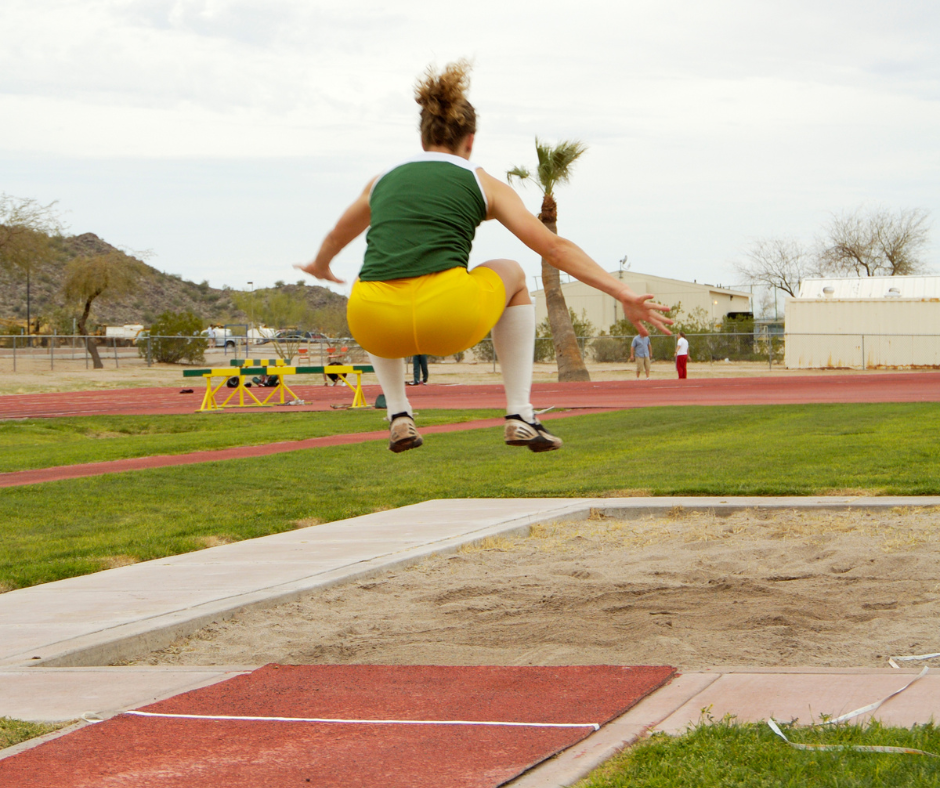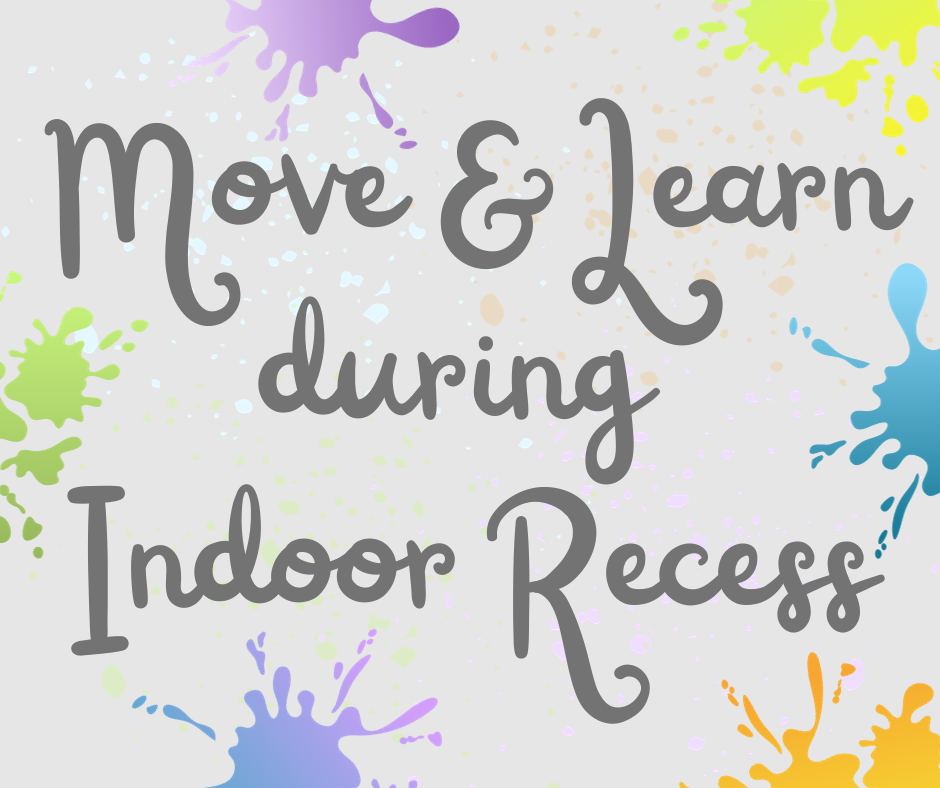
Movement-Based Learning Activities for Earth Day
3 Fun Movement-Based Learning Activities for Earth Day
Every year on April 22, children learn about taking care of our planet. This year, we have included some fun activities to engage children in movement while helping them to learn about our environment.
Recycle Game
Review the process of recycling with the class. First, name items that are commonly recycled such as plastic bottles, food and drink cans, and glass bottles. Discuss the process of recycling, focusing on one specific item. For example, people place plastic bottles in a recycling bin. A collection truck picks up the items and takes them to the recycling center. Items made of the same material are grouped together. These plastic bottles are then compacted into bales. Then, companies make new items from the old bottles. Give some examples of items made from recycled bottles such as plastic toys, pens, and toothbrushes.
Ask students to act out each stage of the recycling process.
- Have students pretend to shoot a basketball to show plastic bottles being placed in a recycling bin.
- To show items traveling to the recycling center, ask students to run in place while they move their arms as though they are driving.
- Have students wave their arms left to right in a windshield wiper motion to show sorting the materials into groups.
- Tell students to crouch down in a tight ball to show that materials are compacted.
- Have students jump up and down to signify new products being made from recycled materials.
Water Conservation Game
Discuss the ways that kids can conserve water by turning off faucets when not in use, taking shorter showers, and turning off the water while brushing their teeth.
The goal of this game is for each student to have the same amount of water at the start and end of the game. If desired, have older students measure their water and compare their amounts at the beginning and end. During the game, students should try to conserve water, be careful not to spill water, and try to transfer every drop from cup to cup. Allow a few students at a time to play.
Place a line of cups with the same amount of water in each cup. The cups should be spaced apart. Each child should have their own line of cups. Students should run to the first cup in their line, pick it up, run to the next cup in their line, and empty the first cup into the second cup. Students should repeat with each cup until the final cup is filled with water. At the end of the activity, the student with the most water left in their final cup wins! After determining a winner, have students use the remaining water to water grass, trees, or flowers and reiterate the importance of conserving water.
Grow Like a Tree Yoga
Talk about the importance of trees to our environment and our planet. For example, trees are homes for animals, and they filter the air we breathe. Next, discuss the life cycle of a tree including how a tree starts as a seed, grows into a seedling, becomes a sapling, grows branches, and eventually becomes a full-grown tree.
Let students showcase this process through yoga positions.
- Students should start with a basic child’s pose. To become a seed, have children kneel and bring their foreheads to the floor and their arms gently to their sides. Have children take deep breaths while you explain that seeds need time to germinate.
- To become a seedling, have the students try a cat pose. For this pose, they should raise up on all fours, round their back towards the ceiling, and look at their belly.
- To transform into a sapling, have students form a ragdoll pose. For this pose, they should stand up and gently bend toward the floor while hanging freely.
- Students will grow into a tree with a tree pose. For this pose, students should bring one foot to their inner calf or thigh and extend their arms upward to grow their branches.
We hope you will use these activities to engage children in discussions about the importance of taking care of the world around them and being good stewards of their planet. Remember that these important environmental concepts can be taught all year round. For more information on the origins of Earth Day, visit https://www.earthday.org/





